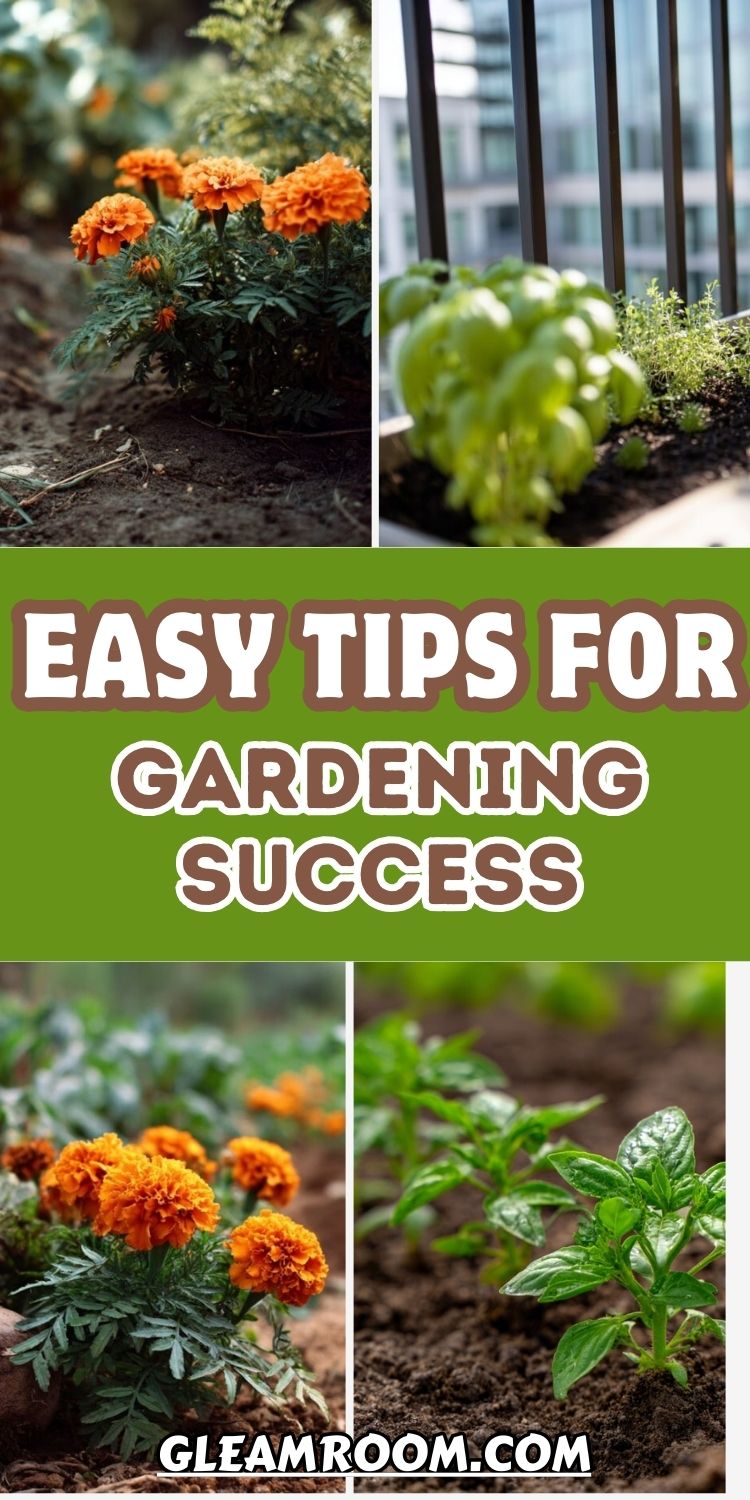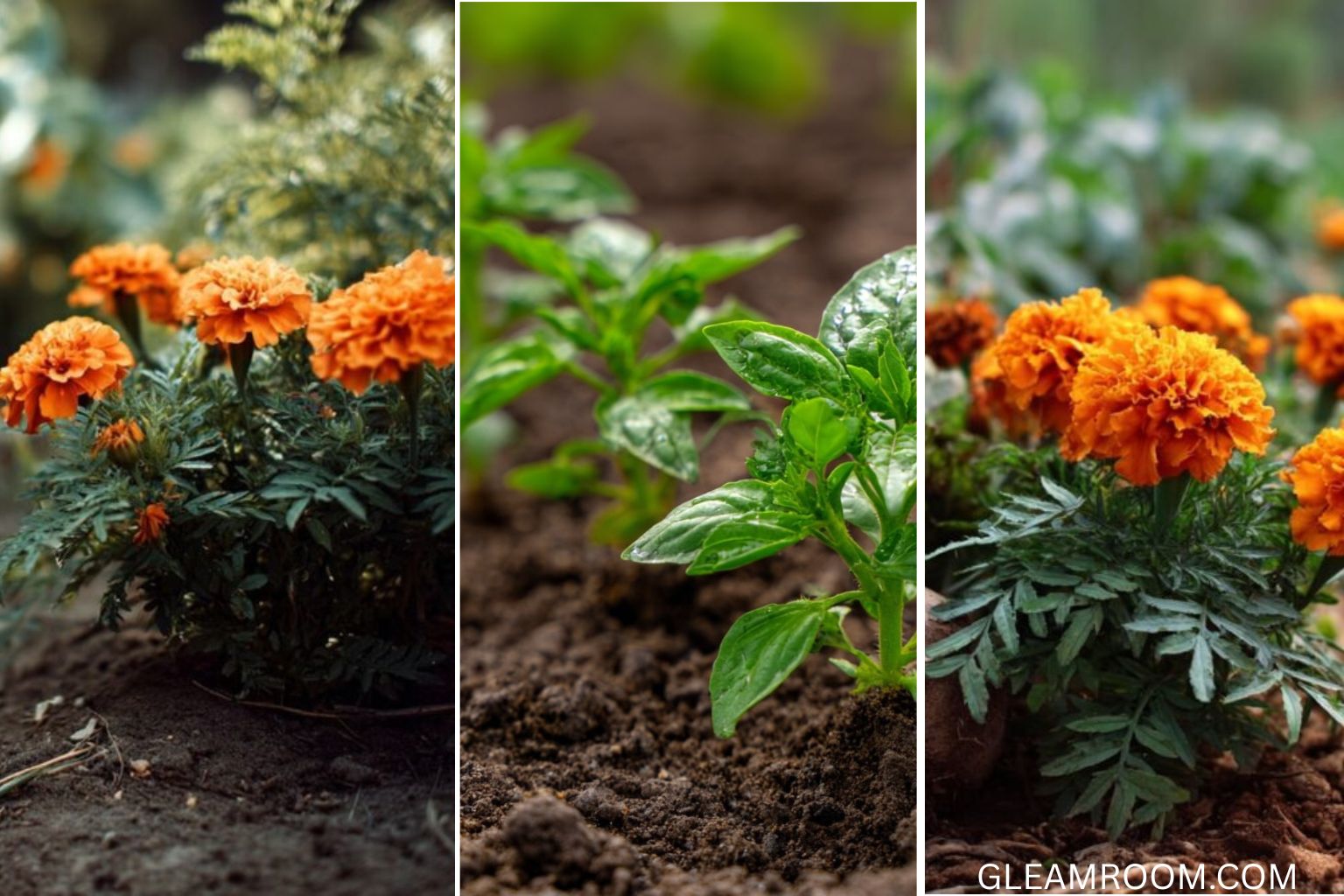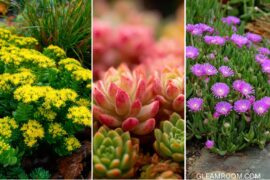Spend a little time in the garden and you start to notice, some plants just seem to do better together. Basil makes tomatoes taste sweeter, marigolds keep pests at bay, tall corn gives climbing beans the support they need. It’s like a quiet friendship happening right in the soil. That’s the heart of companion planting: letting plants work with each other instead of against each other.
The idea isn’t new, gardeners have been using it for centuries, but it’s one of the simplest ways to get healthier plants, fewer problems, and bigger harvests without relying on chemicals or complicated setups. And the best part? You don’t have to memorize endless charts to start seeing results. A few easy pairings and practical tips can completely change the way your garden grows.
Whether you’re working with a small raised bed or a sprawling backyard plot, companion planting can make your garden more resilient and more rewarding. Ahead, you’ll find Companion Planting 101: Easy Tips for Gardening Success, and to set your plants up for success from the very first seed.
Young Basil Plants Thriving Beside Garden Companions
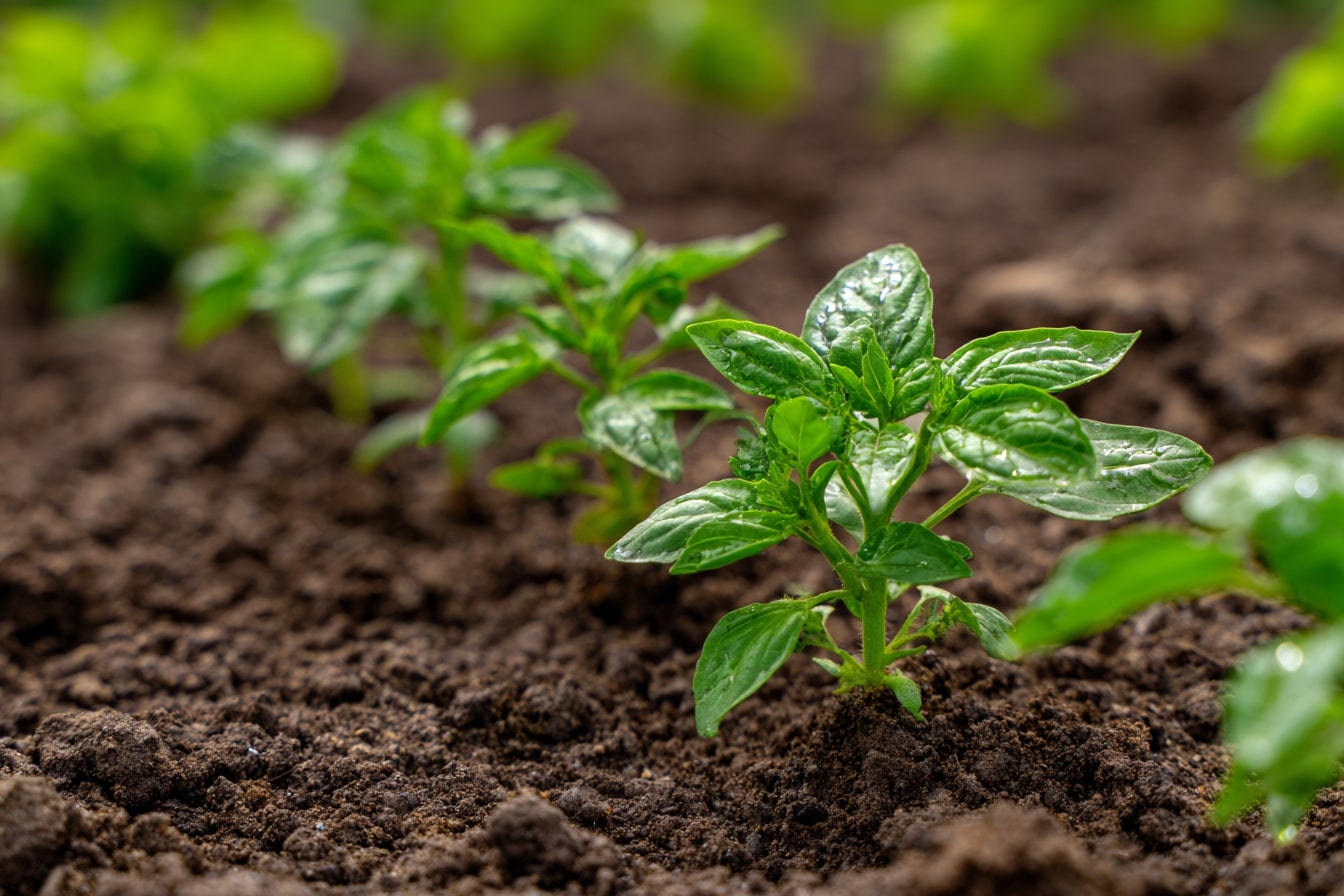
Fresh green leaves push through rich soil, showing how strong growth begins with the right partners. Companion planting makes young herbs like basil flourish while helping nearby vegetables stay healthy.
Roots share nutrients, while the soil stays balanced and moist. This natural teamwork reduces stress on plants and creates a thriving garden bed.
Adding basil near tomatoes or peppers is a simple way to boost flavor and keep pests away, making gardening easier and more rewarding.
Companion Planting Made Simple in Small Spaces
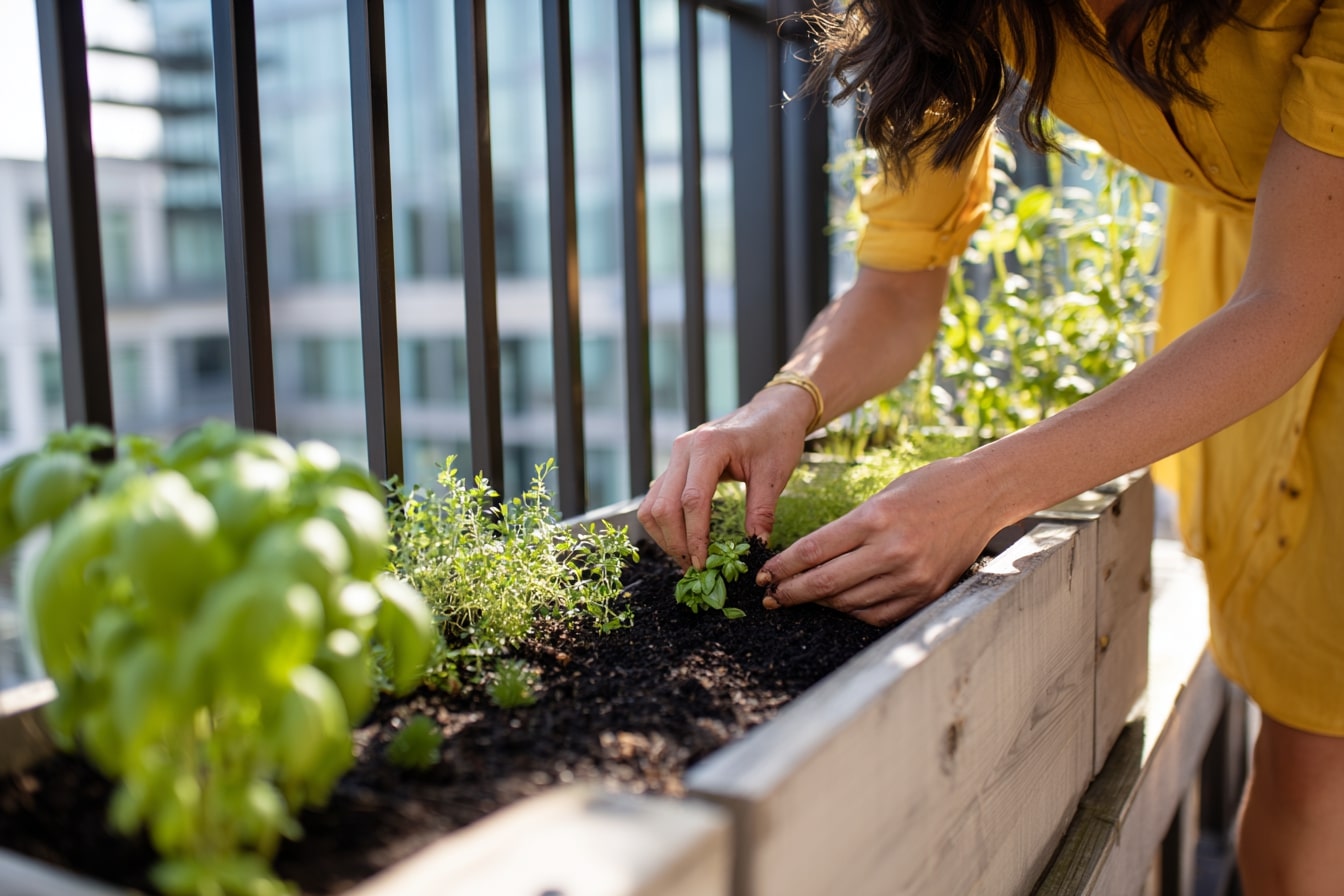
Hands gently tuck basil into rich soil, showing how easy it is to start a thriving companion garden. Even a balcony can become a green space filled with herbs and vegetables working together.
Each plant supports the other, improving growth while reducing pests. This natural teamwork creates balance in a limited space.
Fresh basil, thyme, and other herbs add both beauty and flavor, turning container gardening into a rewarding experience.
Marigolds as Natural Companions in the Garden
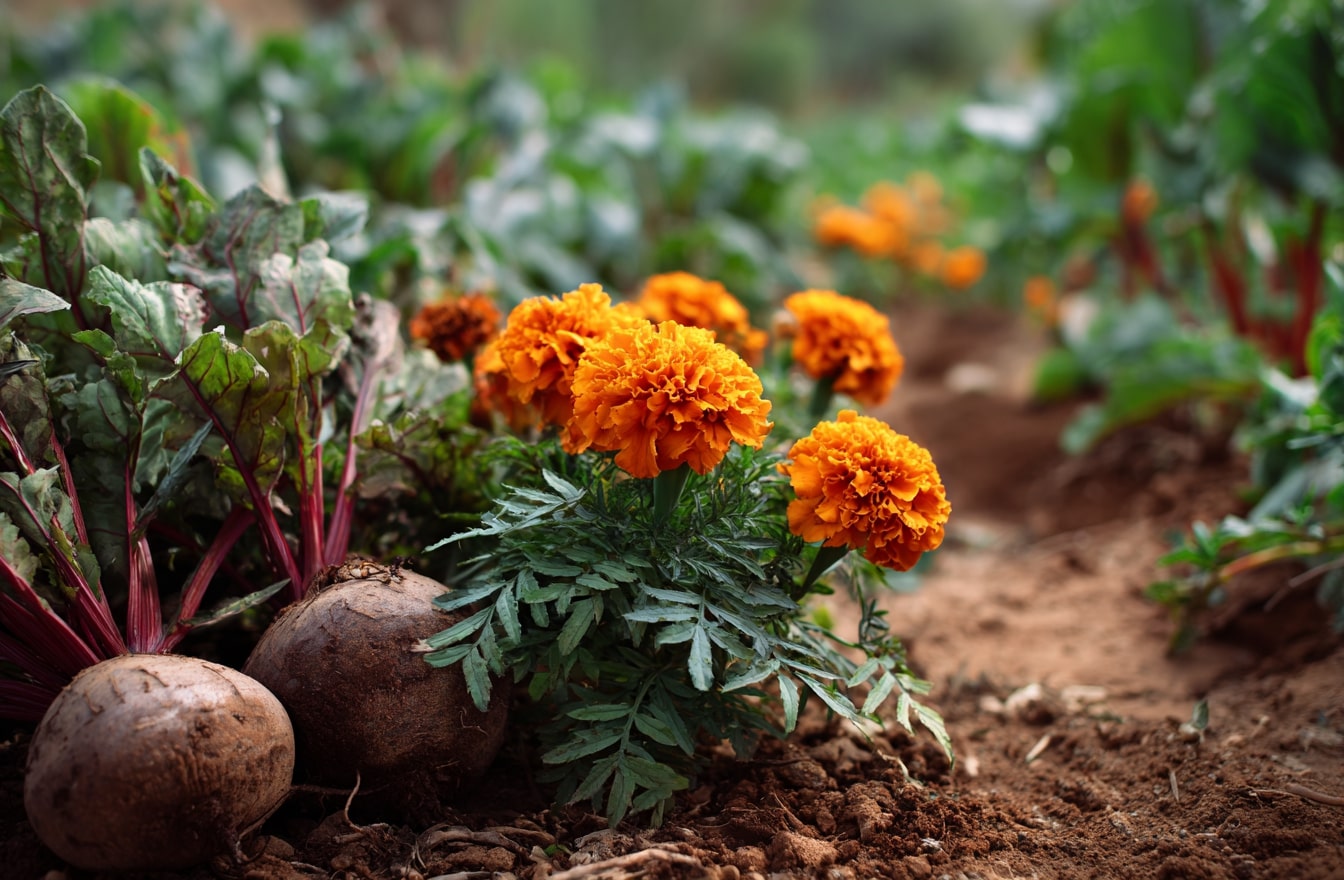
Bright marigolds stand tall beside root crops, bringing color while protecting the soil. Their presence keeps pests at bay and supports healthier vegetables.
Every bloom adds charm while helping to balance the garden ecosystem. These flowers make a simple yet powerful companion.
Planting marigolds alongside beets, carrots, or tomatoes improves growth, offering both beauty and function in one row.
Marigolds Teaming Up with Carrots in the Garden
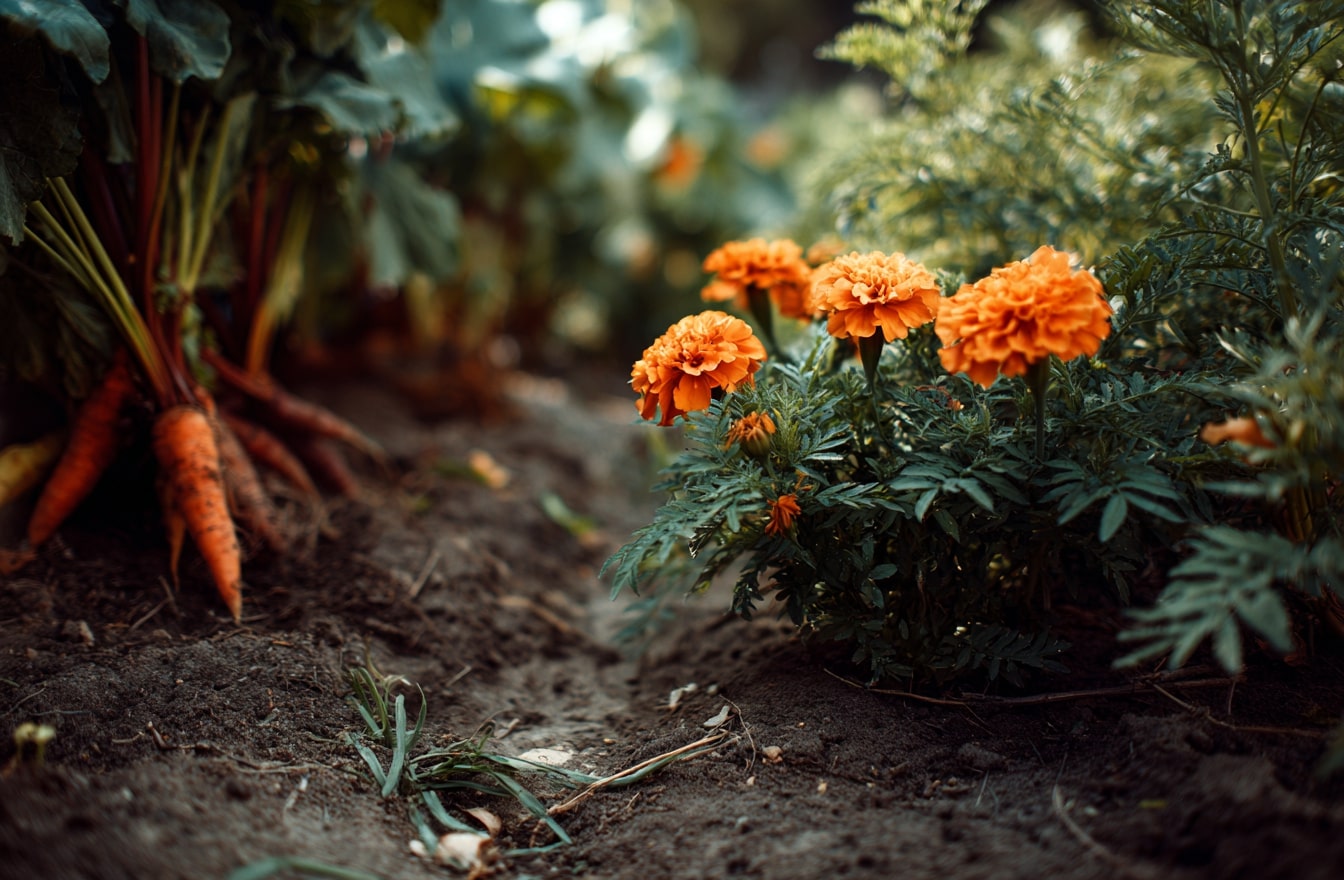
Golden marigolds bloom beside rows of carrots, showing how flowers and vegetables thrive when planted together. Their strong scent helps protect tender roots from pests.
Every season, this pairing adds color while improving harvests. The flowers stand guard, keeping the soil healthy and balanced.
Planting marigolds alongside carrots brings both beauty and function, creating a garden that feels alive and productive.
Harvesting Mint for a Healthy Companion Garden
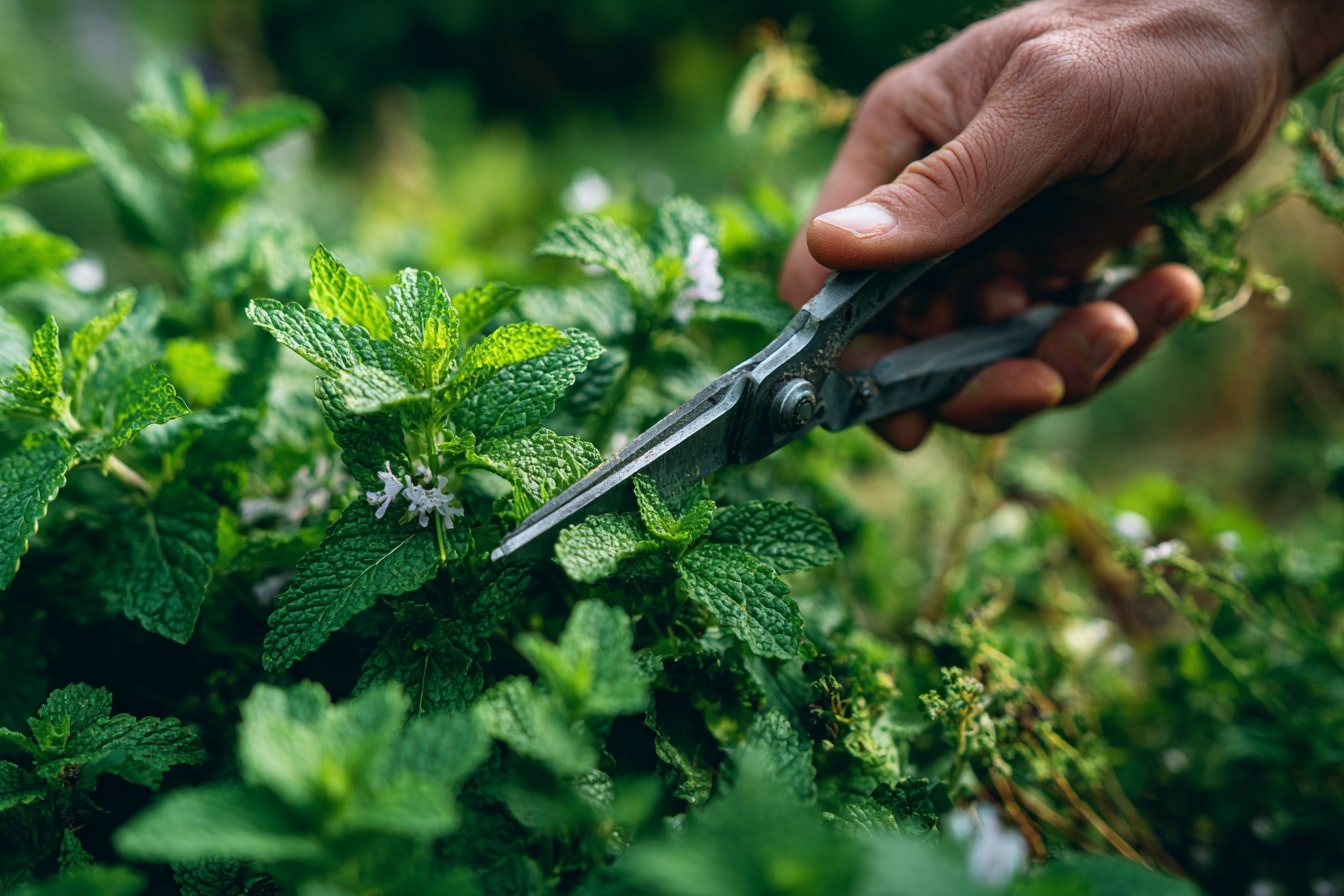
Fresh mint leaves are clipped with care, showing how herbs bring both flavor and function to the garden. Their strong aroma naturally repels pests, making them valuable companions for vegetables.
This simple act of harvesting keeps plants productive and encourages new growth. Herbs like mint create balance while supporting nearby crops.
Adding mint to your planting plan strengthens the garden, blending fragrance, beauty, and protection in one space.
Companion Planting Thriving in Urban Container Gardens
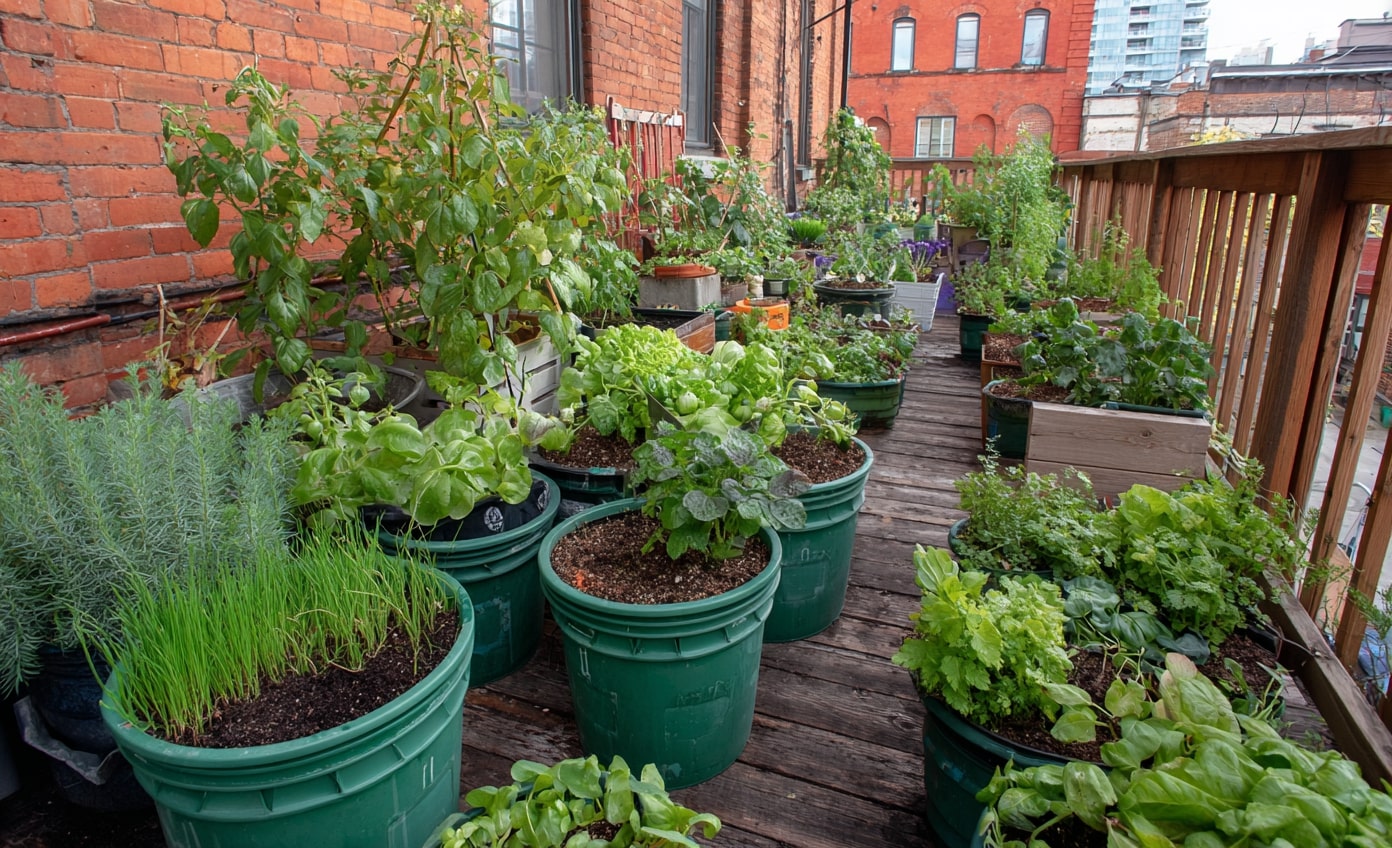
Rows of green containers line a balcony, each filled with herbs and vegetables growing side by side. This small space shows how companion planting can work even in the heart of the city.
Every pot supports a mix of crops that help each other resist pests and grow stronger. Leafy greens, herbs, and tomatoes share the same environment in harmony.
Balcony gardens like this bring freshness, flavor, and balance, proving that healthy planting partnerships don’t need a large yard.
